10 Chocolate Facts That Are Overblown and 7 Sweet Truths That’ll Surprise You
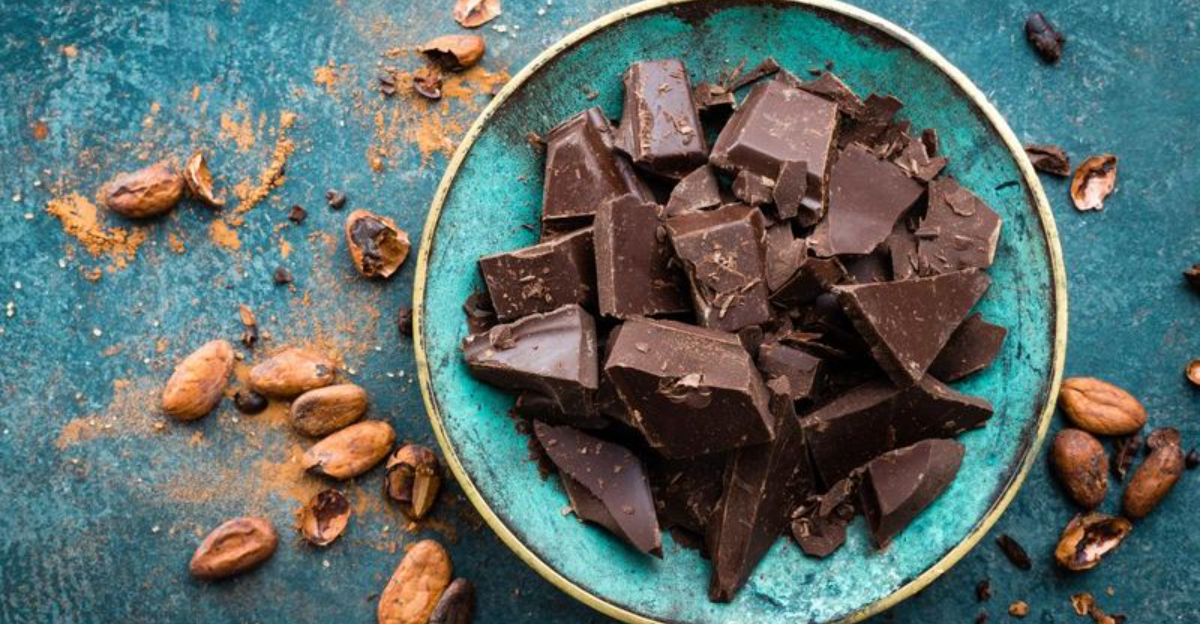
Chocolate is delicious—no one’s arguing that. But over the years, it’s picked up a bunch of health claims, myths, and marketing hype that don’t exactly hold up. Let’s separate the fluff from the facts with 10 chocolate “truths” that are actually overblown and 7 surprising sweet facts that are totally legit.
1. “Dark Chocolate Is a Superfood”
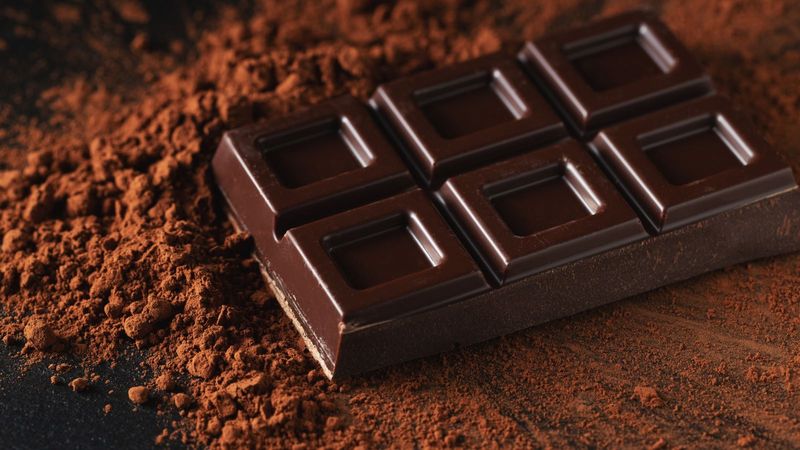
Dark chocolate often wears the superfood crown, but the reality is more nuanced. Certainly, it contains antioxidants, substances that combat free radicals in the body. However, to reap significant health benefits, you’d need to consume large quantities. With that comes a hefty intake of fat and sugar, which can overshadow any positive impacts. It’s a balancing act, where moderation plays a crucial role. A small piece can be a delightful, guilt-free treat, but don’t rely on it as a health elixir. Enjoy it for its rich taste, not as a miracle food.
2. “Chocolate Is a Great Source of Iron”

Chocolate’s reputation as an iron source is misleading. While it does contain iron, the type found in chocolate isn’t easily absorbed by the body. Non-heme iron, present in plants and chocolate, is less bioavailable compared to heme iron found in animal products. Foods like spinach and beans provide more beneficial iron. Chocolate should be savored primarily for pleasure, not nutrition. Before reaching for a chocolate bar to meet iron needs, consider a balanced diet with varied sources. Chocolate’s sweet allure is its true gift, not its mineral content.
3. “Cacao Improves Your Mood Instantly”

Cacao and happiness are often linked, but the connection isn’t as robust as some believe. The compounds in cacao, such as theobromine and phenylethylamine, have associations with mood improvement. However, the concentrations in chocolate are not enough to bring about a clinical change in emotional state. Often, the joy is more about the act of eating chocolate itself, the comfort it brings, and the memories it evokes. While it’s a pleasant treat, cacao isn’t an instant happiness pill. Relish the flavor and moments, not the misconceptions.
4. “Chocolate Helps You Lose Weight”

The idea that chocolate aids weight loss has been sensationalized. A study, later debunked, fueled the notion that chocolate can burn fat. In reality, chocolate doesn’t have fat-burning properties. It may, however, reduce cravings when consumed mindfully in small amounts, thanks to its satisfying nature. But moderation is key; overindulgence can lead to weight gain due to its calorie density. Chocolate is a delightful indulgence, not a weight loss strategy. Enjoy it for its taste and occasional satisfaction, not for unrealistic dietary promises.
5. “Chocolate Is an Aphrodisiac”
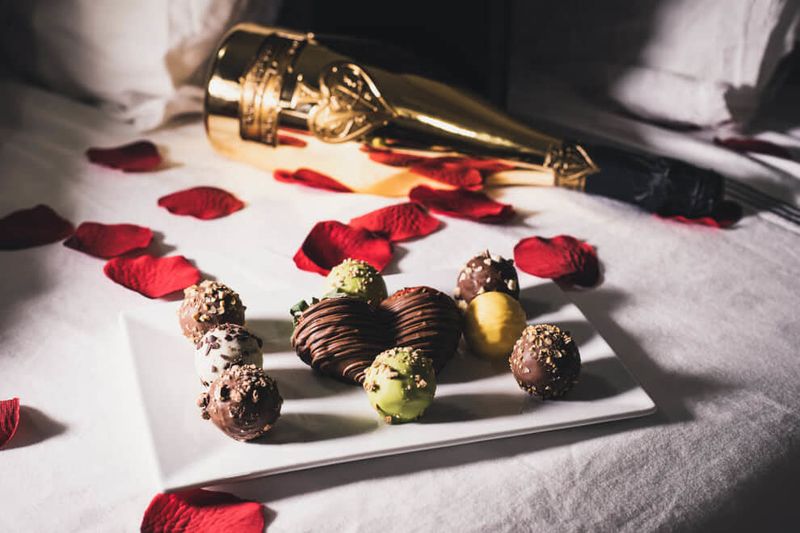
Chocolate’s reputation as an aphrodisiac is more about romance than reality. While it contains tryptophan and phenylethylamine, compounds linked to arousal, the amounts are too small to make a difference. It’s the ambiance, the act of gifting and sharing chocolate, that adds to its sensual allure. Historically, chocolate’s luxurious and indulgent nature has contributed to its romantic image. Rather than a biological boost, chocolate offers a sensory experience that can enhance a romantic setting. Let it be a symbol of affection, not passion’s catalyst.
6. “Chocolate Is Caffeine-Free”
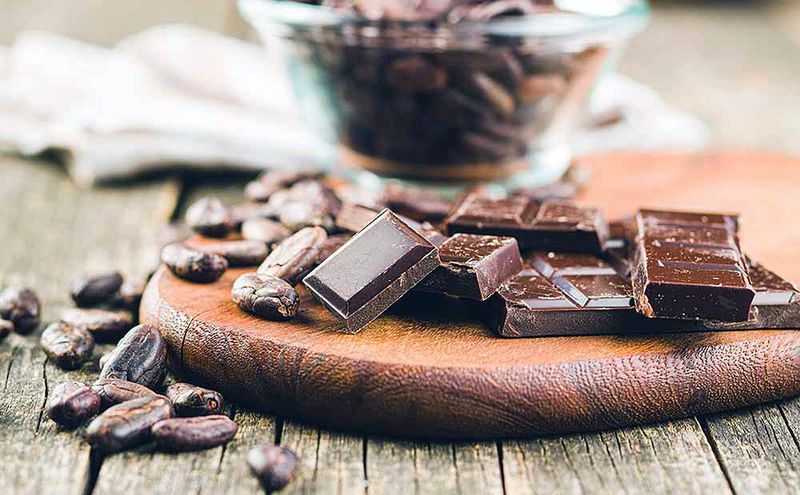
Contrary to popular belief, chocolate does contain caffeine, though significantly less than coffee. Dark chocolate has more caffeine than milk chocolate, but not enough to cause noticeable stimulant effects for most. For those sensitive to caffeine, chocolate might still lead to sleeplessness, especially if consumed in large quantities. While it won’t replace your morning coffee, it’s worth noting its contribution to your daily caffeine intake. Chocolate provides a gentle lift in mood and energy, but don’t mistake it for a caffeine-free indulgence.
7. “White Chocolate Isn’t Real Chocolate”

White chocolate often gets snubbed as “not real chocolate” because it lacks cocoa solids. However, it is made from cocoa butter, a primary component of chocolate. This gives it a creamy texture and a sweet, mild flavor distinct from its darker relatives. While it doesn’t deliver the rich, complex flavors of dark or milk chocolate, it still holds its place in the chocolate family. Appreciate white chocolate for its unique characteristics, not its absence of cocoa solids. It’s a legitimate chocolate with a twist of its own.
8. “All Chocolate Is Heart-Healthy”

The belief that all chocolate is heart-healthy stems from overgeneralized studies. While some evidence suggests that dark chocolate (70% cocoa and above) might offer mild cardiovascular benefits, this applies only in moderation. Its flavonoids can improve circulation and lower blood pressure, but only if consumed in small amounts. Milk and white chocolates don’t share these properties due to lower cocoa content and higher sugar levels. Chocolate can be a part of a heart-healthy diet, but it should be enjoyed sparingly and wisely.
9. “Raw Chocolate Is Better for You”
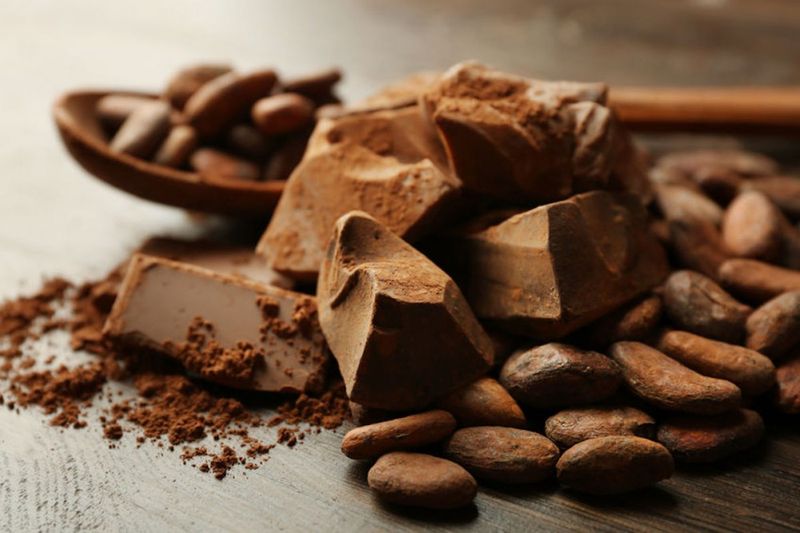
Raw chocolate, often touted as healthier, doesn’t always hold superior benefits. Processing cacao removes bitterness and potential bacteria, but it also retains essential nutrients. The taste and safety improvements made through processing are significant. While raw chocolate might contain more antioxidants, the differences are minor. It’s better to focus on the quality of the chocolate and the enjoyment it brings rather than the raw versus processed argument. Chocolate’s delight lies in its rich history and flavor, not necessarily its raw form.
10. “Chocolate Gives You Acne”
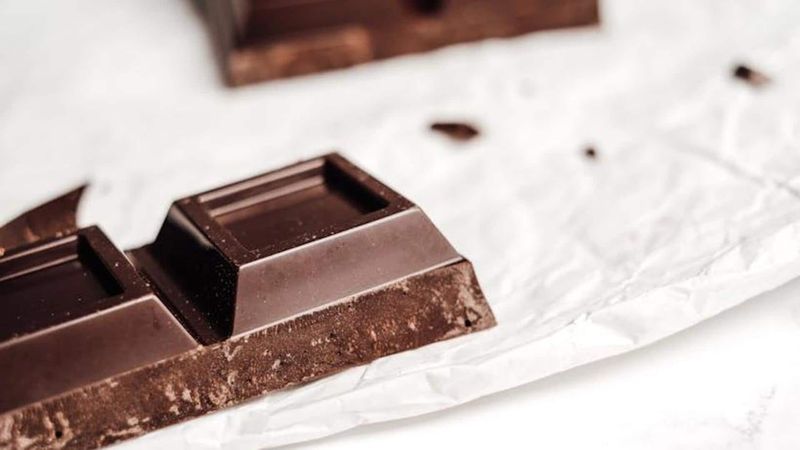
The myth linking chocolate to acne is outdated and overstated. Acne is more influenced by genetics, hormones, and diet than chocolate consumption. While high sugar and dairy intake may exacerbate skin issues for some, chocolate itself isn’t directly responsible. The belief likely stems from the association of chocolate with sweets and processed snacks. Enjoying chocolate in moderation, within a balanced diet, isn’t likely to affect skin health adversely. Relish the treat without worry, focusing on overall skincare and dietary habits for clearer skin.
11. Chocolate Was Once Drunk, Not Eaten
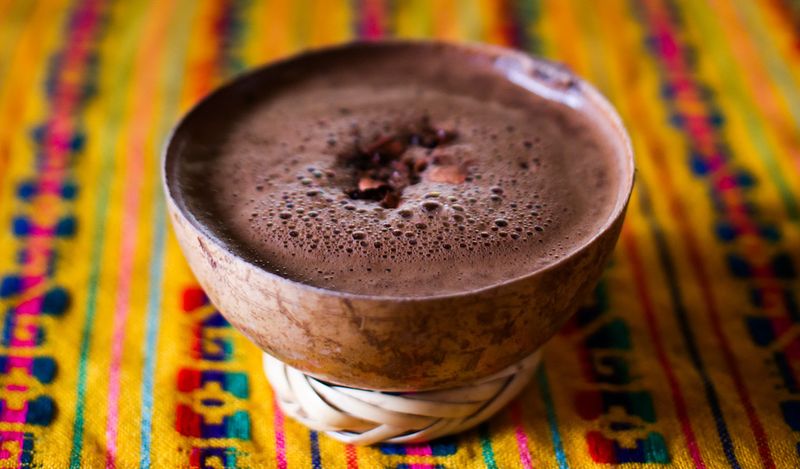
In ancient Mesoamerican cultures, chocolate was consumed as a drink rather than eaten as a sweet treat. The concoction was often bitter and spicy, flavored with chili peppers and other spices. This beverage was a significant part of rituals and social gatherings, highlighting chocolate’s cultural importance. Unlike today’s sugary chocolate bars, it was a revered and luxurious drink. Understanding this historical context adds depth to our appreciation of chocolate, showing its evolution from a ceremonial liquid to the beloved confection it is today.
12. It Melts Around Body Temperature
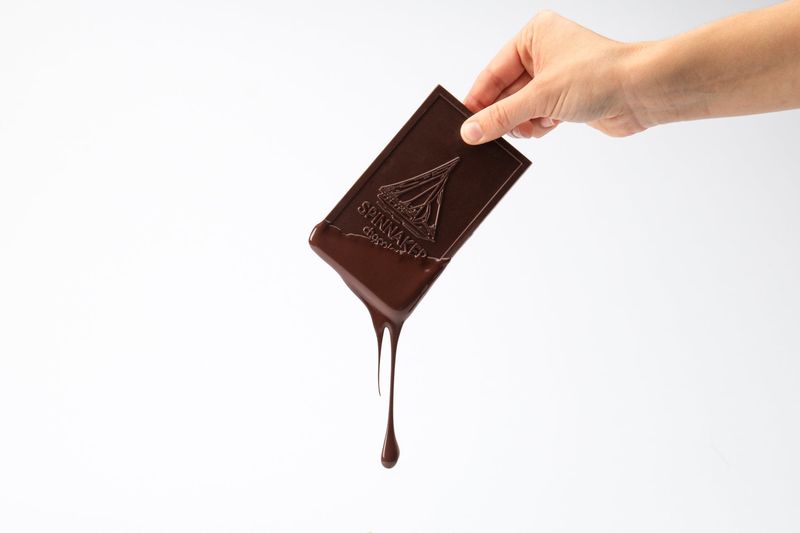
One of chocolate’s most delightful traits is its ability to melt at around body temperature. This property makes it smooth and creamy, creating a rich mouthfeel that’s hard to resist. It’s this melting quality that enhances the sensory experience of eating chocolate, transforming solid bars into silky decadence on the tongue. This characteristic is crucial in chocolate’s allure, making it not just a treat but an indulgent experience. The science behind its melting point contributes to chocolate’s status as a cherished comfort food worldwide.
13. Real Chocolate Can Bloom

Have you ever noticed gray or white streaks on old chocolate? This phenomenon is known as bloom, a harmless process where sugar or fat separates and rises to the surface due to temperature changes. While it may alter the texture slightly, bloom doesn’t affect the chocolate’s safety or flavor significantly. Understanding bloom dispels the misconception that it indicates spoilage. It’s merely a visual imperfection, a natural part of chocolate’s life cycle. Learning about bloom can enhance your appreciation for chocolate’s complex nature and quality preservation.
14. The Smell of Chocolate Can Trigger Relaxation
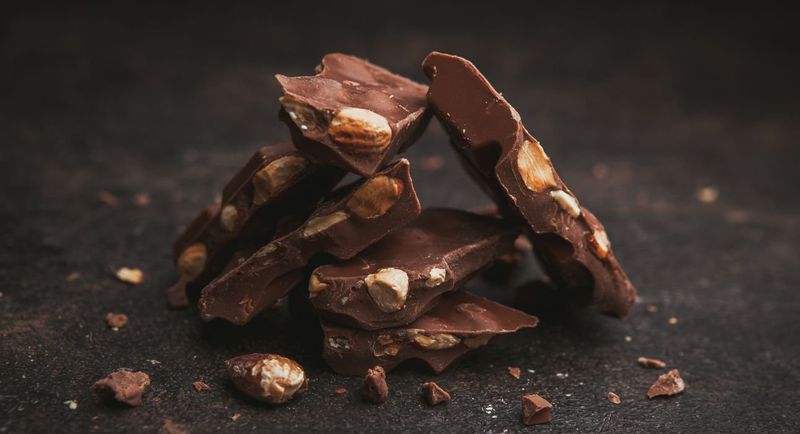
The aroma of chocolate is more than just appetizing; it can have a calming effect on the mind. Some studies suggest that merely smelling chocolate can reduce stress levels and promote relaxation. This sensory experience is akin to aromatherapy, where specific scents trigger emotional and psychological responses. The comforting smell of chocolate may evoke fond memories or simply provide a moment of peace. Harnessing chocolate’s aromatic charm can be a simple way to unwind, even without indulging in a single bite. It’s a feast for the senses.
15. Theobromine in Chocolate Is Toxic to Dogs

While chocolate is a treat for humans, it poses a significant risk to dogs due to the presence of theobromine. This compound, harmless to humans in normal quantities, can be toxic to dogs even in small amounts. Theobromine affects the nervous system and heart, leading to symptoms like agitation and potentially fatal outcomes. Pet owners must ensure chocolate is kept out of reach from their furry friends. Understanding this danger underscores the importance of pet safety, reminding us to enjoy chocolate responsibly and with care for our companions.
16. Chocolate Is One of the Most Craved Foods in the World
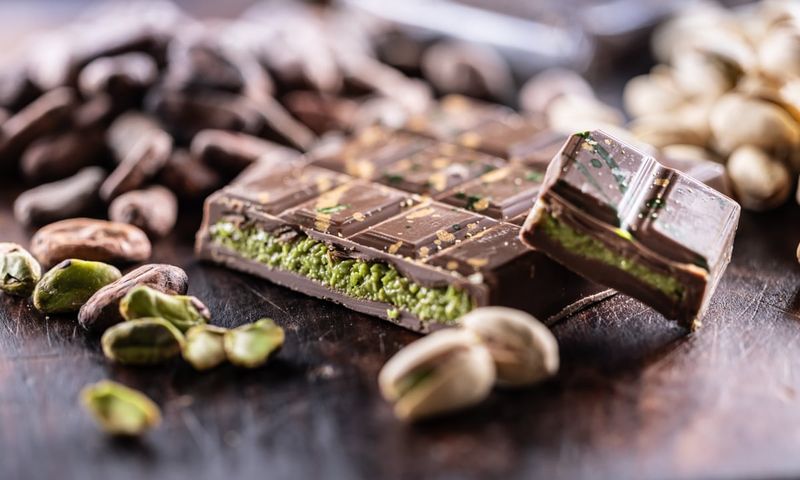
Chocolate’s global appeal is undeniable, making it one of the most craved foods worldwide. Its allure goes beyond taste, involving texture, aroma, and often nostalgia. The creamy, rich flavors create a sense of comfort and indulgence, sometimes linked to childhood memories or special occasions. This universal craving is a testament to chocolate’s ability to transcend cultural and culinary boundaries, offering a shared experience of pleasure. Whether enjoyed alone or as part of a community, chocolate’s enticing nature brings joy and connection to many.
17. Making Chocolate Is Incredibly Complex
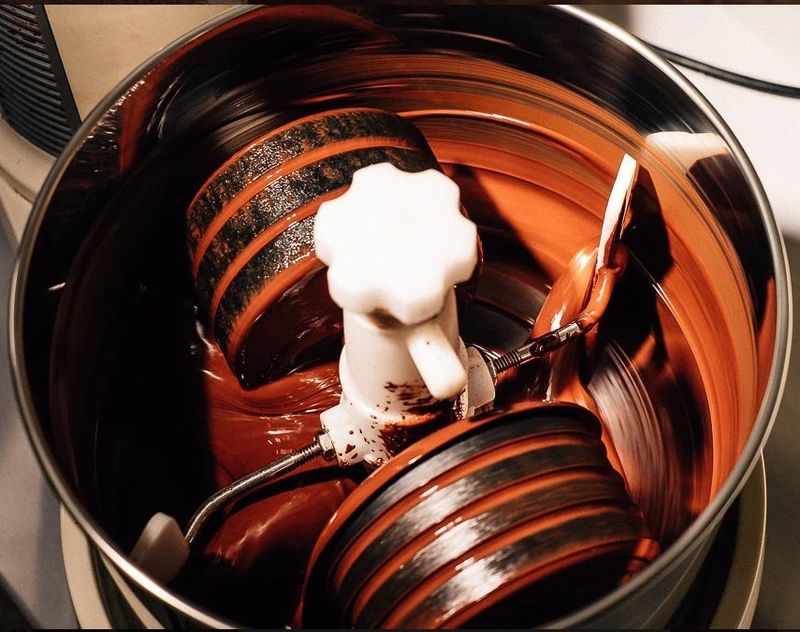
The journey from cacao pod to chocolate bar is intricate and time-consuming, involving over 500 steps. It begins with harvesting cacao pods, followed by fermenting and drying the beans. Roasting develops flavor, while conching and tempering ensure smoothness and stability. Each step is crucial in determining the texture and taste of the final product. This complexity highlights the skill and craftsmanship involved in chocolate making, transforming raw cacao into the beloved treat. Understanding this process deepens our appreciation for chocolate as a work of culinary art.
